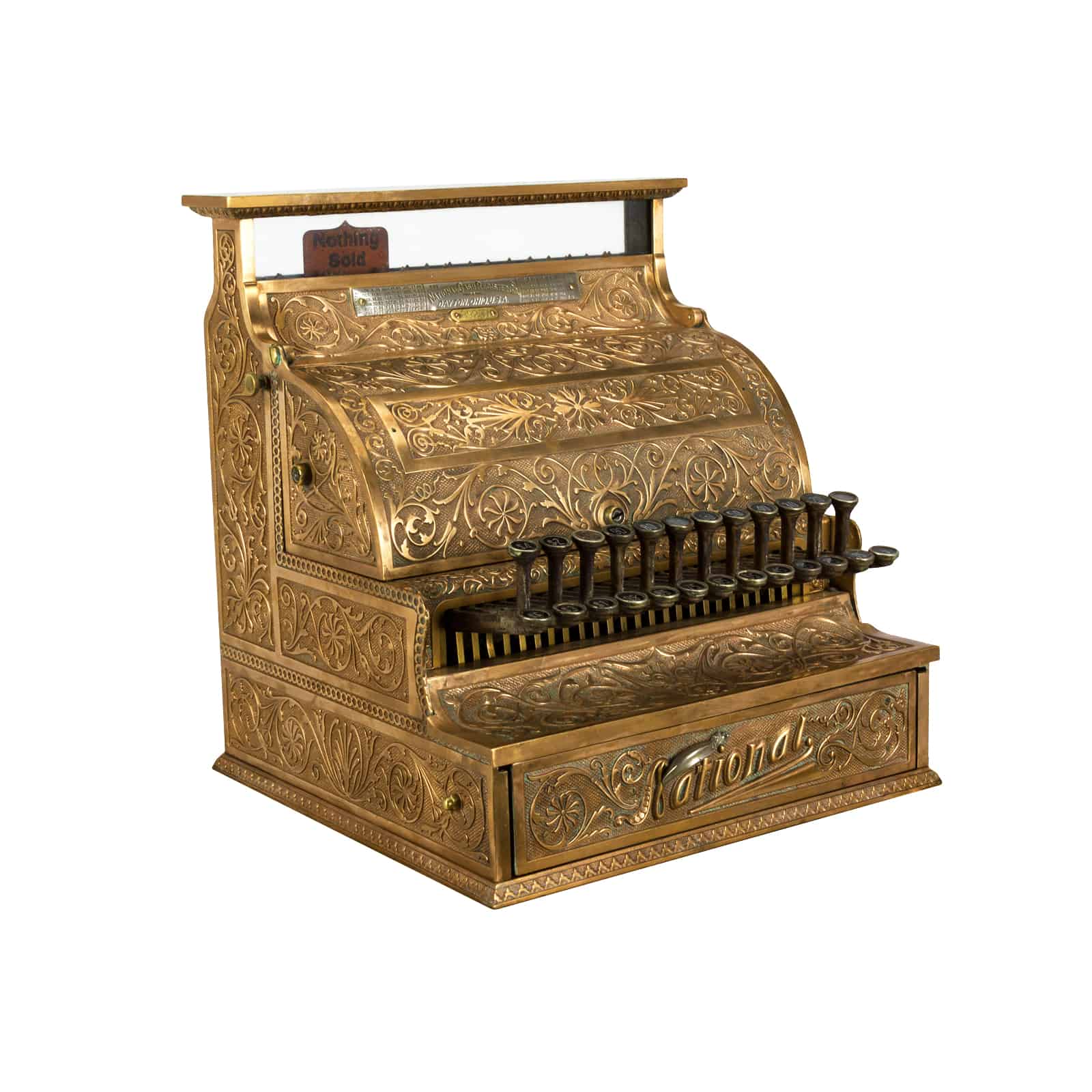The B&Ls and you can S&Ls vehemently opposed the manufacture of brand new FHA, since it one another opened race on the market and created an effective new bureaucracy which they debated try a lot of. The earliest matter are race. Should your FHA offered insurance policies to all or any organization lenders, the newest relationships believed they will no further control this new much time-label real estate loan field, because they had for almost a beneficial century. Even after intense lobbying against the production of the latest FHA, the fresh S&Ls forgotten one battle, and industrial banks, which had been capable of making mortgages since the 1913, wound-up and make definitely the most significant display from FHA-covered funds, accounting having 70 percent of all the FHA loans inside the 1935. Brand new associations including was loath to follow along with every statutes and you will bureaucracy that were you’ll need for the FHA to guarantee funds.
“The connectivity ended up being underwriting funds effectively for 60 decades. FHA composed another bureaucracy from how to underwrite funds while they got a hands-on which had been 500 profiles a lot of time,” notes Snowden. “They don’t wanted all of that red-tape. They will not want people informing them exactly how many ins aside their guys must be. That they had their appraisers and you may underwriting program. Generally there extremely was contending communities.”
Down to those two sources of resistance, simply 789 from nearly 7,000 contacts were using FHA insurance rates in 1940.
When you look at the 1938, the newest housing industry had been lagging in recovery relative to most other circles of the savings. To further open the flow out of investment so you’re able to homebuyers, the federal government chartered the fresh new Federal national mortgage association, or Fannie mae. Known as an authorities paid-enterprise, otherwise GSE, Fannie mae ordered FHA-guaranteed loans regarding mortgage lenders and kept all of them within the own collection. (Far later, starting in the fresh mid-eighties, it might offer them because the MBS on the supplementary markets.)
The fresh new Postwar Homeownership Boom

In the 1940, about 49 per cent out of Americans possessed their house. 2 decades later on, one to number got risen up to 62 %. Daniel Fetter, a keen economist during the Stanford School, contended in an excellent 2014 papers that raise is actually motivated because of the ascending genuine revenues, beneficial taxation treatments for holder-filled construction, and perhaps most importantly, the newest extensive adoption of your own much time-term, totally amortized, low-down-percentage home loan. In reality, he projected one alterations in a home loan might describe regarding the 40 per cent of one’s total upsurge in homeownership during this time.
One of the primary routes towards expansion regarding homeownership throughout the the postwar months try the brand new veterans’ mortgage system created around the fresh new 1944 Servicemen’s Readjustment Act
As the Pros Management (VA) did not create funds, in the event the an experienced defaulted, it would fork out in order to 50 percent of the financing otherwise as much as $dos,000. Simultaneously in the event that mediocre domestic price involved $8,600, the fresh new payment window try two decades. Including, interest levels for Virtual assistant loans couldn’t go beyond 4 percent and you may tend to don’t require a downpayment. This type of finance have been commonly used: Between 1949 and 1953, it averaged 24 % of the field and based on Fetter, accounted for about eight.cuatro % of overall escalation in homeownership anywhere between 1940 and you may 1960. (See chart less than.)
Interest in housing went on due to the fact middle-agers expanded to the people within the new 70s and pursued homeownership just as their moms and dads did. Congress understood, not, that supplementary sector in which MBS have been replaced lacked adequate financing to finance young generation’s instructions. Up to this time, Fannie got only started signed up to order FHA-recognized financing, however with the vow away from flipping Fannie and you will Freddie on the competition with El Paso installment loans the supplementary financial business, Congress privatized Fannie for the 1968. For the 1970, they certainly were one another also permitted to get traditional finance (that is, money perhaps not supported by both the fresh FHA or Virtual assistant).